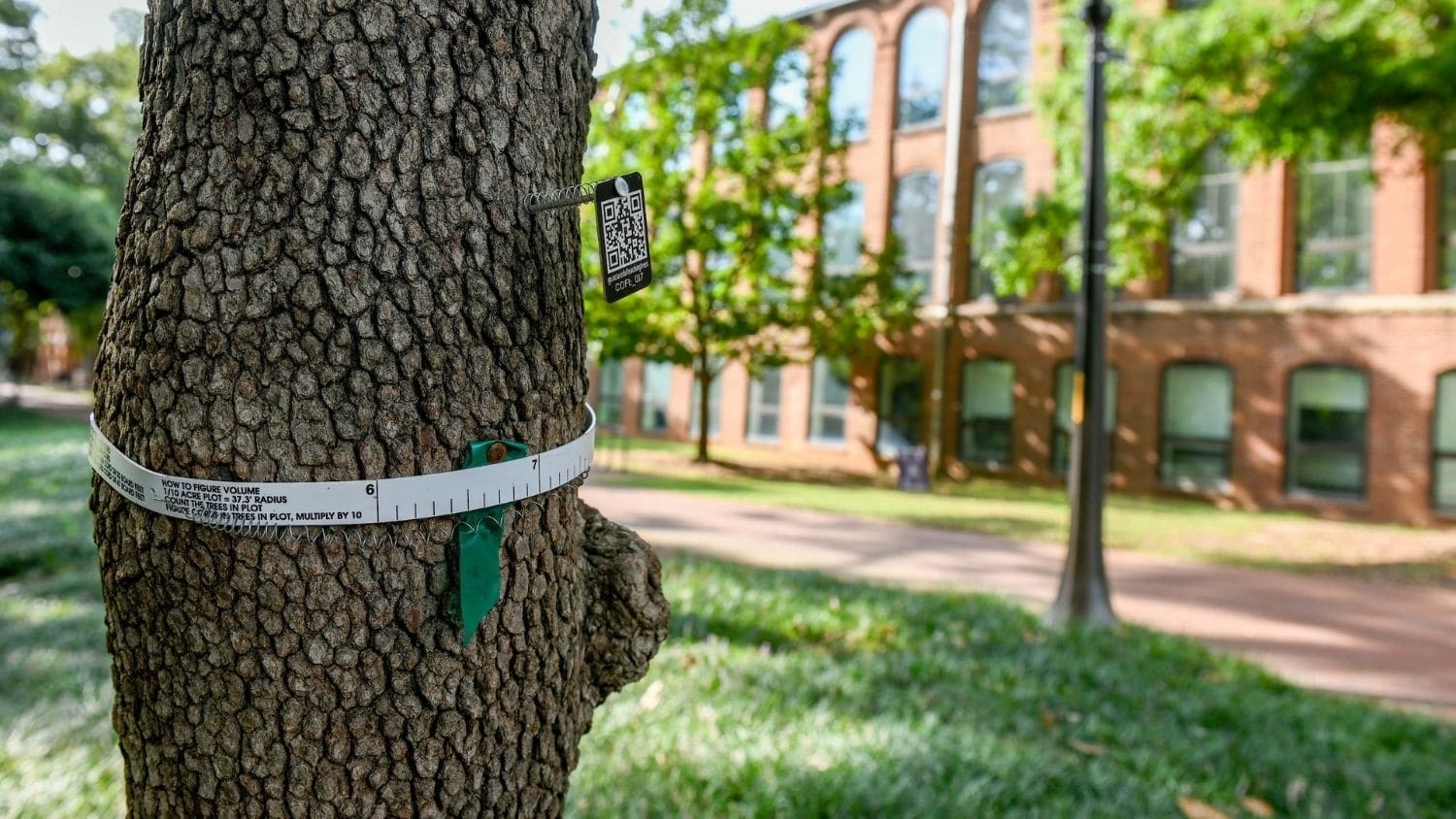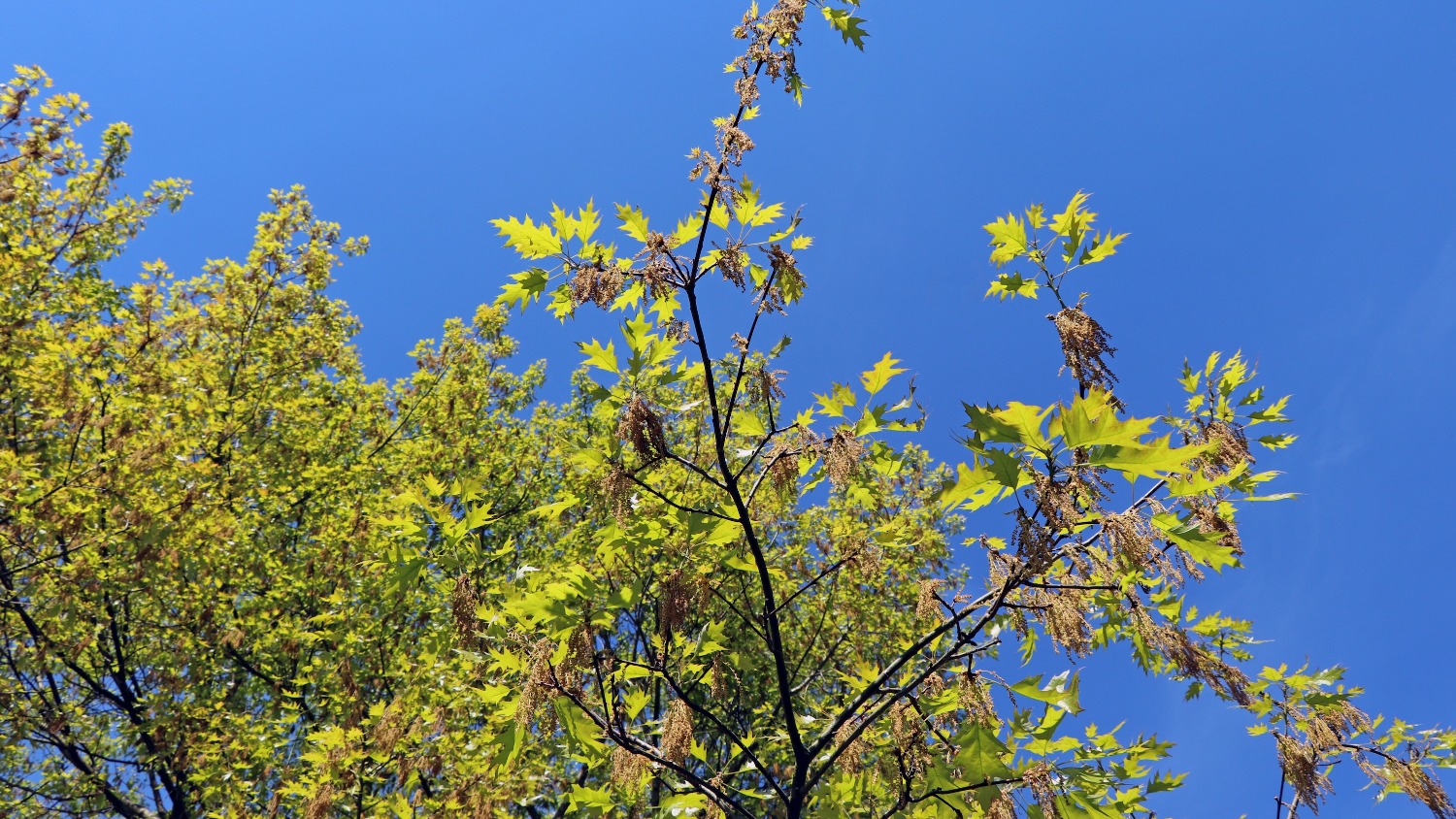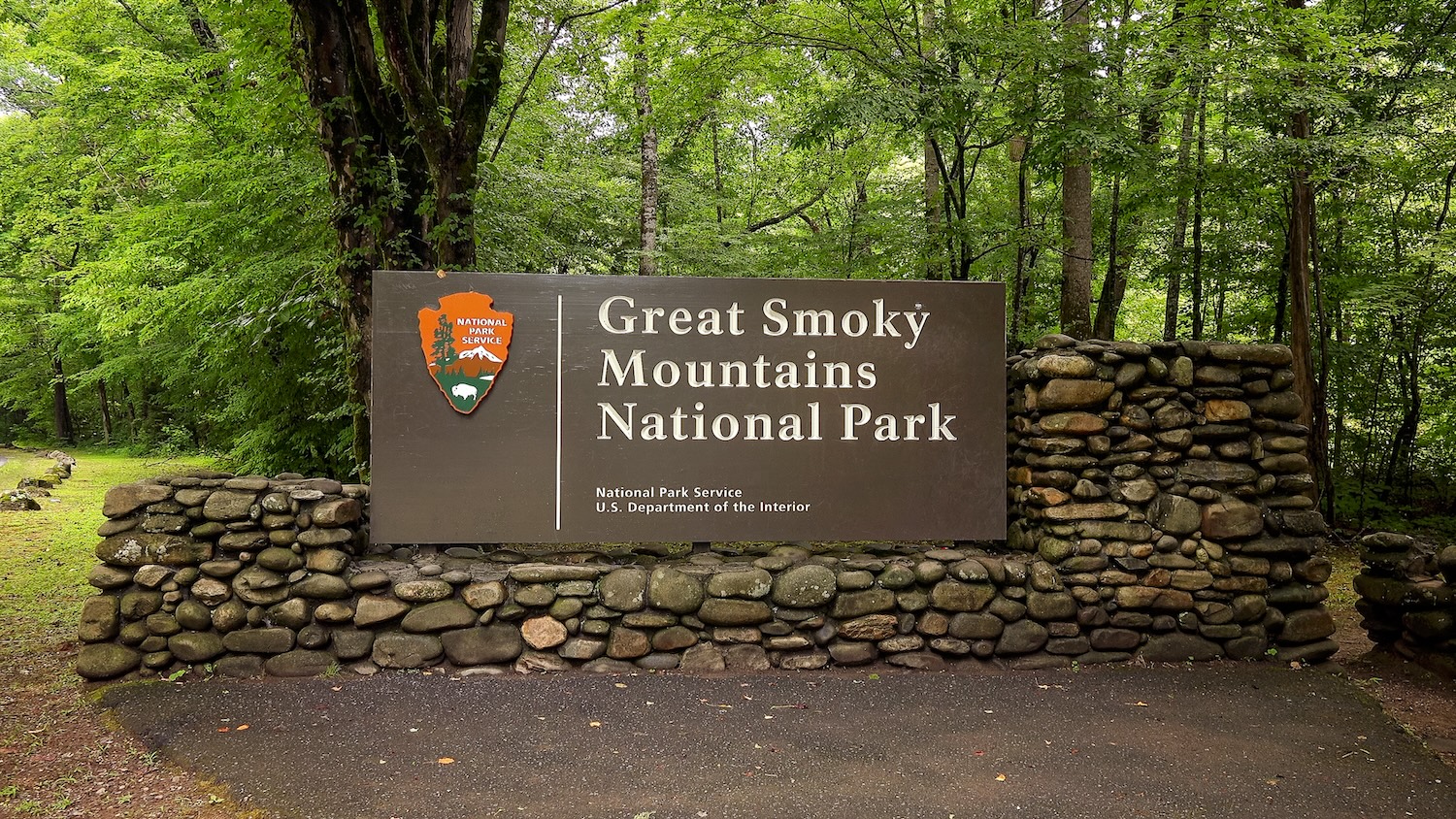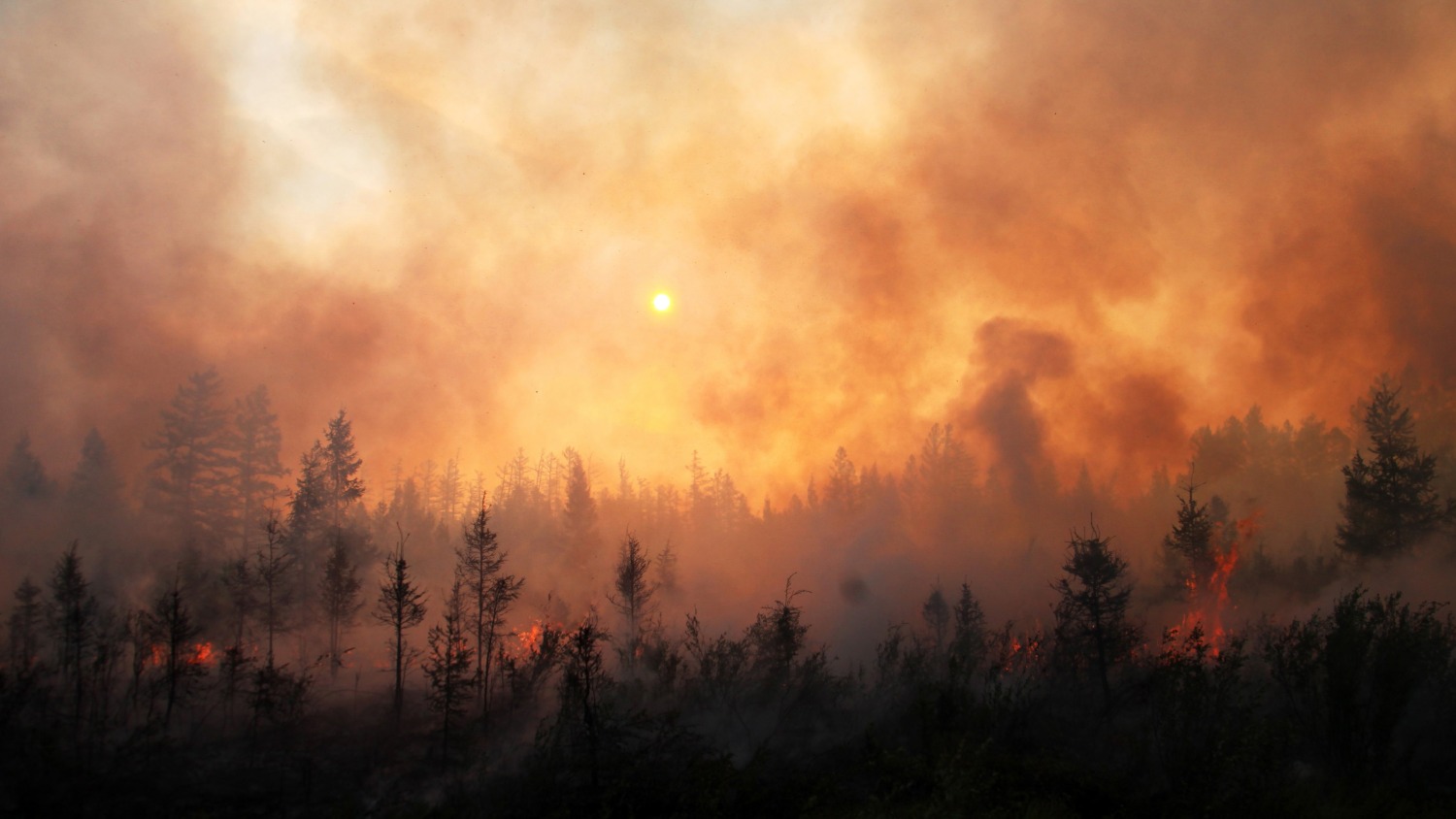Scientists need to focus on tangible efforts to boost equity, diversity and inclusion in citizen science, researchers from North Carolina State University argued in a new perspective.
Published in the journal Science, the perspective is a response to a debate about rebranding “citizen science,” the movement to use crowdsourced data collection, analysis or design in research. Researchers said that while the motivation for rebranding is in response to a real concern, there will be a cost to it, and efforts to make projects more inclusive should go deeper than that. Their recommendations speak to a broader discussion about how to ensure science is responsive to the needs of a diverse audience.
“At its heart, citizen science is a system of knowledge production that doesn’t block entry based on credentials,” said first author Caren Cooper, associate professor of forestry and environmental resources at NC State. “Those of us in citizen science have been saying ‘science is for everyone, you don’t need a degree or special training.’ But, the sad irony is that it hasn’t been for everyone. The overwhelming majority of participants resemble their academic counterparts, who are often white, affluent and have advanced degrees. We want to take the good intentions that are driving rebranding, and commit to long-term, sustained efforts to reimagine an inclusive citizen science.”
The term “citizen science” was coined in the 1990s, researchers said, to describe science led by institutions that use volunteers to collect data. It has evolved to encompass many types of projects with public involvement in design, leadership or data collection and analysis. As a “citizen science campus,” there are projects underway at NC State in which undergraduates, faculty, staff and the general public can help collect data. Examples include projects that rely on volunteers to help figure out the microbial content of sourdough bread or detect the presence of lead pipes in homes around the state.
In an effort to resolve concerns that the term is exclusionary to people who do not have citizenship status in a given nation, some organizations have moved toward using the term “community science,” among other names. But researchers said community science is a distinct and existing research movement led and designed by communities, rather than institutions, to address environmental or social justice problems.
“It’s a huge dis to community science to flippantly change the name like it isn’t already being utilized, and could be considered disrespectful to people who are doing this work and have been for many years,” said co-author Zakiya Leggett, assistant professor of forestry and environmental resources. “If you have a citizen science project, but you advertise it as ‘community science,’ it does a disservice to both practices.”
In addition, there is a cost to losing the term “citizen science,” they said, since the term has gained momentum globally. In the United States, the term is used in a federal law authorizing the government to include volunteers in scientific research irrespective of their credentials and citizenship status.
“There is a lot of work that has gone toward incorporating ‘citizen science’ as a part of policy, as well as being accepted into mainstream science,” said co-author Madhusudan Katti, associate professor of forestry and environmental resources at NC State. “The name has been caught up in politicization of citizenship and nationalist politics, and rebranding is a little bit reactive. The concern is genuine, but the fix is not deep enough. Renaming something doesn’t make it different from what it’s been all along.”
The researchers argued for strategic planning to advance accessibility, justice, equity, diversity and inclusion in citizen science.
“One approach that could work for citizen science is ‘centering in the margins.’ That can include centering research agendas based on the areas that are underserved by science,” Cooper said.
Other tactics could involve ensuring there are diverse perspectives in project leadership, or overcoming economic barriers to participation. They also said there is a need for funding to support science that addresses interests, concerns and needs of people who have historically or are currently underserved by science.
They said rebranding, if needed, should only happen if it is called for as part of a broader strategic plan. They also said rebranding efforts should refrain from co-opting existing terminology, avoid exporting issues in the United States to the rest of the world, and identify terminology to help further clarify distinctions for different types of projects.
“We wanted the fact that diversity and inclusion in citizen science remains elusive to serve as a canary in the coal mine to the rest of the scientific community – it takes far more than words and good intentions to be inclusive,” Cooper said. “We can learn from community science without co-opting it. We need to figure this out without expecting quick-fix solutions, because those can do more harm than good.”
The perspective, “Inclusion in citizen science: The conundrum of rebranding,” was published online in Science. In addition to Cooper, Katti and Leggett, other authors included Chris L. Hawn, Lincoln R. Larson, Julia K. Parrish, Gillian Bowser, Darlene Cavalier, Robert R. Dunn, Mordechai (Muki) Haklay, Kaberia Kar Gupta, Na’Taki Osborne Jelks, Valerie A. Johnson, Omega R. Wilson and Sacoby Wilson. Researchers reported funding from the National Science Foundation, through grant No. 1713562, to Cooper and Larson.
-oleniacz-



